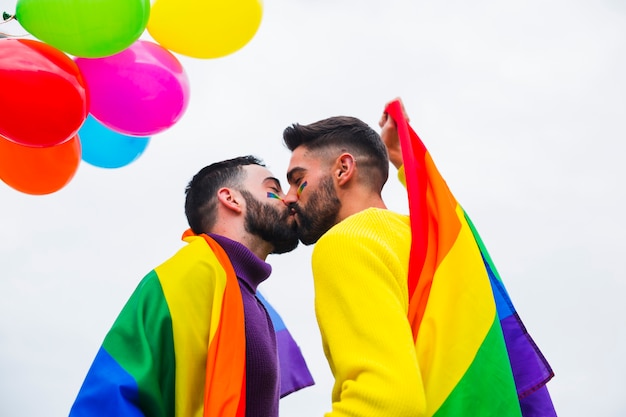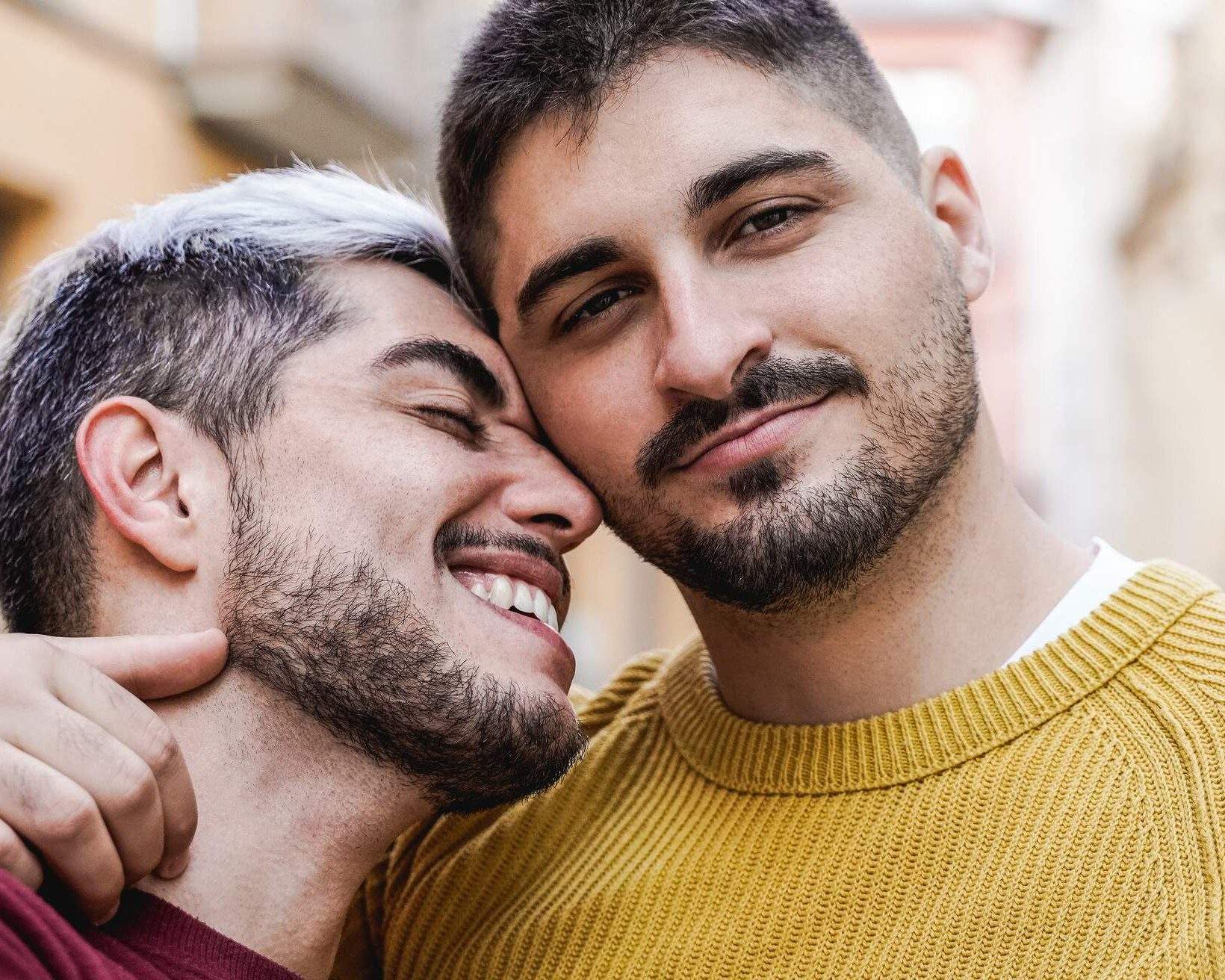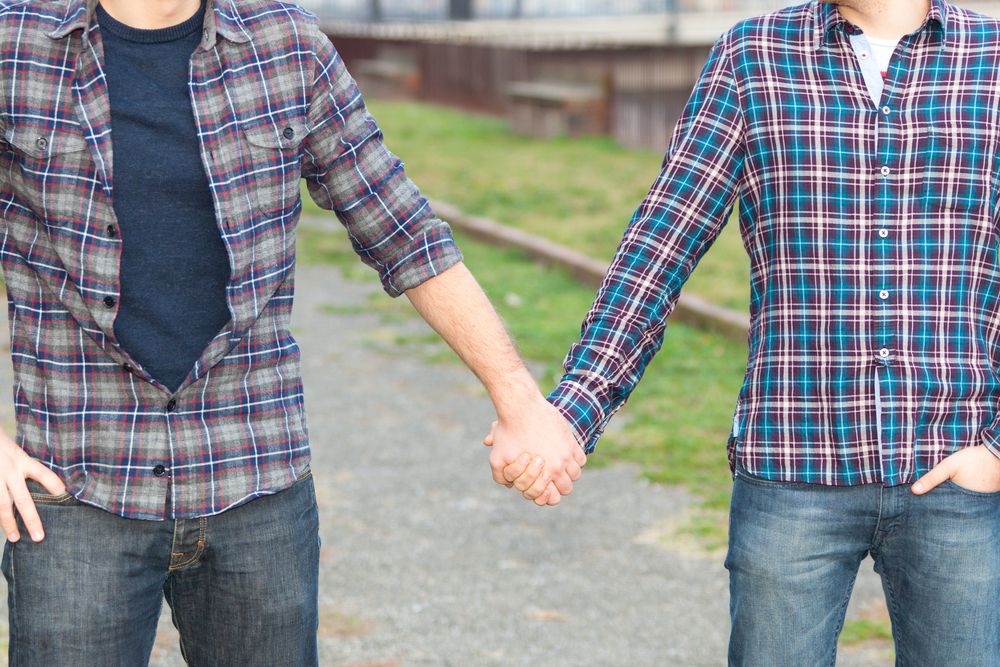Exploring The World Of The Gay Anime Femboy: Identity, Expression, And Artistry
The vibrant world of anime often shows us characters who challenge traditional ideas about gender and identity, and one really captivating figure is the gay anime femboy. This character type, which brings together elements of masculinity and femininity in a striking way, has certainly captured the hearts of many fans around the globe. It's a fascinating look at how art can reflect and even shape our wider conversations about who we are and who we love, too.
For a long time, there have been discussions about how people are shown in media, especially when it comes to gay and bisexual men. Think about it, the journey for acceptance has been a long one, with important milestones like the first legal recognition of gay marriage in places like the Netherlands and Belgium. This kind of representation, like the gay anime femboy, shows how far we've come in some respects, and how much more there is to explore.
This particular character, you know, often embodies a soft and gentle look while being openly attracted to other boys. It’s a wonderful example of how diverse expressions of identity can be celebrated in popular culture. As we look at this phenomenon, we'll see how it fits into the broader story of human rights and the ongoing push for everyone's identity to be seen and respected, more or less.
Table of Contents
- What is a Gay Anime Femboy?
- The Cultural Impact and Appeal
- Historical Context of LGBTQ+ Representation in Media
- Gender Expression and Identity in Anime
- Community and Fan Engagement
- Challenges and Stereotypes
- The Future of Representation
- Frequently Asked Questions
What is a Gay Anime Femboy?
A "gay anime femboy" character, you see, typically refers to a male character in Japanese animation who displays noticeably feminine characteristics, such as delicate features, slender builds, or a preference for clothing and styles often associated with women. The "gay" part means this character is romantically or sexually attracted to other men. It's a specific kind of portrayal, blending gender presentation with sexual orientation, and it's quite popular.
These characters often stand out because they challenge traditional ideas about what a male character "should" look like or how he "should" behave. They might have soft voices, long hair, or wear dresses and skirts, yet they are always presented as male. Their appeal, quite frankly, comes from this blend of traits, offering a fresh perspective on masculinity and desire in storytelling.
So, it's not just about a boy looking feminine; it's about a boy looking feminine and also having romantic feelings for other boys. This combination creates a distinct character type that resonates with many viewers, especially those who appreciate diverse representations of identity. It really shows how varied characters can be.
The Cultural Impact and Appeal
The rise of the gay anime femboy character has had a pretty big impact on anime culture and beyond, you know. These characters help to broaden the spectrum of what is considered attractive or desirable in male figures within fictional worlds. They offer a different kind of hero or love interest, moving away from just the strong, silent types typically seen, and that's good.
Their popularity, arguably, comes from several places. For one, they often represent a kind of freedom in self-expression. They aren't held back by strict gender roles, which can be really inspiring for viewers who feel similar pressures in their own lives. It's a way for people to see themselves, or aspects of themselves, reflected in a positive light, or something like that.
Moreover, these characters can create a sense of belonging for fans who might feel outside the mainstream. When you see a character like a gay anime femboy, it validates experiences and identities that might not always get a lot of screen time. This can be a very powerful connection, providing comfort and a feeling of being understood, too.
The appeal also lies in the artistry. Anime excels at creating visually stunning characters, and femboys are often drawn with great care, highlighting their unique blend of traits. This visual appeal, combined with compelling stories, just draws people in. They are, in a way, a celebration of beauty in all its forms.
Historical Context of LGBTQ+ Representation in Media
To really appreciate the gay anime femboy, it helps to look at the longer story of LGBTQ+ representation in media. Historically, gay and bisexual men, for instance, have often been shown in very limited ways, sometimes even negatively. Think about the disproportionate effect of certain diseases, and how that was inaccurately linked to gay and bisexual men, creating stigma. This context makes current, positive portrayals even more meaningful, so.
For a long time, the recognition of gay relationships was a deeply divisive topic worldwide, even after gay marriage became legal in some places like the Netherlands, Belgium, Spain, and Canada. This struggle for basic human rights, as Human Rights Watch often works to address for lesbian, gay, bisexual, and transgender people, shows the importance of visibility and acceptance in all forms of media.
The shift we see with characters like the gay anime femboy reflects a broader societal movement towards more open and accepting views. We're seeing more young people, like a majority of gay and bisexual Generation Z teenage boys, feeling comfortable enough to report being out to their parents. This uptick in coming out shows a changing tide, and media plays a part in that, you know.
In the past, there was a real lack of comprehensive and inclusive discussions about sexual orientation and sex, something gay and bisexual adult men, and trans people, have often said they wished they had more of. So, when anime gives us characters that openly explore these aspects of identity, it's actually contributing to a richer cultural conversation, which is pretty significant.
It's a far cry from times when individuals faced severe persecution, such as the public flogging of gay men in Indonesia's Aceh province, or the tragic killing of openly gay figures like Imam Muhsin Hendricks in South Africa. These harsh realities make the freedom of expression seen in anime, even if fictional, feel incredibly important. It gives hope, perhaps, for a more accepting future.
Gender Expression and Identity in Anime
Anime, in a way, has always been a space where gender expression can be explored with a lot of freedom. Characters often play with looks that go beyond what's expected in real life. The gay anime femboy is just one example of this creative approach to identity. It’s about more than just looking a certain way; it’s about how a character feels and acts, too.
Sexual orientation, as a pattern of emotional, romantic, or sexual attractions, is distinct from gender expression. A femboy is about how someone presents themselves outwardly, while being gay means being attracted to the same gender. In anime, these two aspects can combine to create characters who are both visually unique and emotionally resonant, really.
This openness to diverse gender expressions in anime helps to normalize the idea that there are many ways to be a man or a woman, or something in between. It shows that femininity in men, or masculinity in women, doesn't change their core identity or their attractions. This can be a powerful message for young people figuring out who they are, as a matter of fact.
The popularity of these characters suggests a growing appreciation for fluidity and individuality. It moves away from rigid categories, allowing for a broader understanding of what it means to be a person. This is, you know, a very good thing for a more inclusive society.
Community and Fan Engagement
The gay anime femboy character sparks a lot of conversation and community among fans. Online forums, social media groups, and fan art sites are full of discussions, analyses, and creative works centered on these characters. People share their favorite moments, discuss character motivations, and even create their own stories, so.
This engagement builds a sense of community for people who might share similar interests or identities. It’s a space where fans can feel seen and understood, connecting over shared passions. For many, it's a place to celebrate diversity and to explore ideas about gender and sexuality in a safe and supportive environment, which is pretty vital.
Fan-created content, like fanfiction and artwork, often expands on the themes introduced in the anime, giving these characters even more depth and life. This creative outpouring really shows how much these characters mean to their audience. It's a testament to the power of representation, you know, and how it can inspire creativity.
The discussions around these characters also help to educate and inform. Fans often share insights about LGBTQ+ issues, human rights, and personal experiences, making the community a place for learning as well as enjoyment. It’s like a living, breathing conversation that keeps evolving, more or less.
Challenges and Stereotypes
While the gay anime femboy character offers many positive aspects, it's also important to acknowledge that not all representations are perfect. Sometimes, these characters can fall into stereotypes, or their stories might not be as nuanced as they could be. This is a common challenge in media, you know, when trying to portray diverse groups.
For instance, some portrayals might accidentally reinforce the idea that all gay men are feminine, which isn't true, of course. Just as a person’s sexual and emotional attraction to another person is varied, so are their expressions of gender. It's important for creators to remember that sexual orientation, like being lesbian or gay, doesn't dictate how someone looks or acts, apparently.
Another issue can be the over-sexualization of these characters, which might reduce them to just their appearance rather than exploring their full personalities. This can be a concern for some fans, as it takes away from the depth of the character. It's a balance, really, between celebrating beauty and ensuring respect for the character's humanity.
It’s also worth remembering that the concept of a "femboy" itself can be interpreted in different ways across cultures. What is seen as feminine or masculine varies, and this can affect how these characters are received globally. The goal, ideally, is to create characters that are relatable and respectful, regardless of specific cultural norms, so.
The ongoing work for human rights, as seen in the recommendations the United States received regarding LGBTQ+ rights during its 2020 universal periodic review cycle from countries like Iceland and Belgium, highlights the need for thoughtful and diverse portrayals. It’s about moving beyond simple tropes to genuinely reflect the rich variety of human experience, you know.
The Future of Representation
Looking ahead, the presence of the gay anime femboy suggests a promising direction for representation in media. As societies become more open and accepting, we can hope to see even more varied and complex characters. This means stories that go deeper into their lives, their struggles, and their triumphs, beyond just their appearance or attractions, you know.
There's a growing desire for authentic storytelling, where characters are not just defined by one aspect of their identity. Fans want to see gay anime femboys who are heroes, villains, friends, and lovers, with rich backstories and personal growth. This would truly reflect the complexity of human beings, which is pretty important.
The conversation around LGBTQ+ rights continues to evolve, with events like Budapest Pride serving as a clear and courageous stand for democracy and dignity. As these real-world movements gain momentum, they will undoubtedly inspire creators to push boundaries further in their fictional worlds. It’s a cycle of influence, really, between art and life.
We can expect to see more creators, both in Japan and globally, drawing inspiration from the diverse experiences of gay and bisexual people, and those who express their gender in unique ways. This will lead to an even richer tapestry of characters in anime, offering something for everyone. It’s an exciting time for representation, in a way.
The growing comfort among younger generations, like Generation Z teenage boys, in being open about their sexual orientation, suggests a future where these characters can exist without needing to explain or justify their presence. They can just be, which is, you know, truly liberating for storytelling.
Frequently Asked Questions
What does "femboy" mean in anime?
In anime, a "femboy" refers to a male character who has very feminine looks or prefers to dress in ways often seen as feminine. They might have delicate features, slender bodies, or wear skirts and dresses, yet they are always presented as male characters, you see.
Are all femboys gay in anime?
No, not all femboys in anime are gay. While many gay anime femboy characters exist, the term "femboy" itself only describes gender expression, not sexual orientation. Some femboys in anime might be straight or bisexual, too. It just depends on the specific character and story, you know.
Why are femboys popular in anime?
Femboys are popular in anime for several reasons. They often challenge traditional gender roles, offering fresh and diverse character types. Their unique blend of masculine and feminine traits is visually appealing, and they resonate with fans who appreciate fluid gender expression and varied identities. It's a way for people to see different kinds of beauty and strength, more or less.
Learn more about gender identity on our site, and link to this page here.

Giovani coppie gay che baciano sulla parata | Foto Gratis

Gay in San Francisco: Everything LGBTQ travellers need to know | KAYAK

Why Are There Gay Men? | Male Homosexuality | Live Science